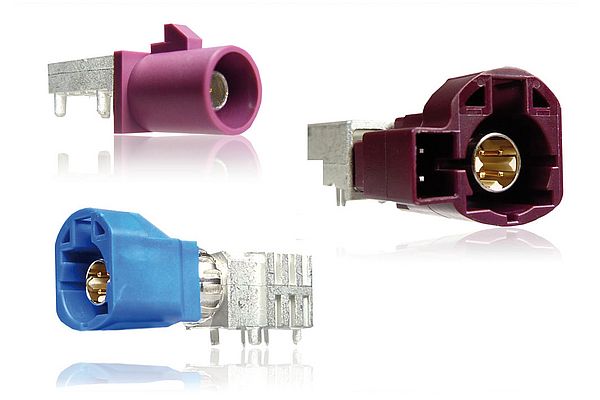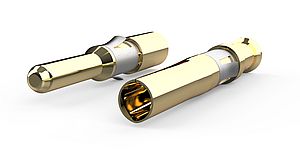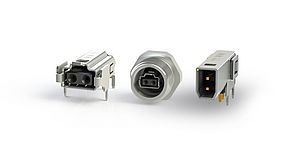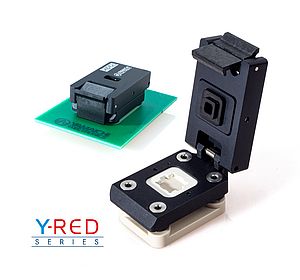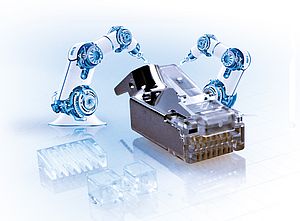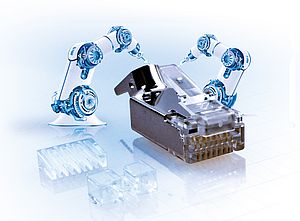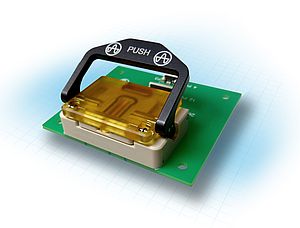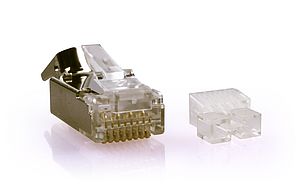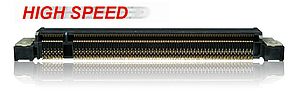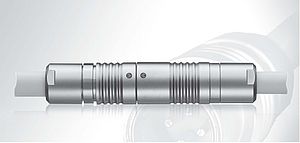With FAKRA and HSD connectors Yamaichi Electronics offers new connectors for the automobile industry. FAKRA connectors (FAKRA is derived from German for Automobile Working Group, Fachkreis Autombil) are coaxial high-frequency connectors that meet the requirements of DIN20860 and USCAR 17&18. Their application lies in the transmission of a variety of signals, such as shortwave, mobile telephony, GPS, or telematics signals. Thanks to standardisation, each application is assigned a specific colour and mechanical code to ensure proper connections between the board and cable sides.Electrical transmission is specified by a differential impedance of 50 Ohm and a frequency of up to 6 GHz.
The supplier is starting into the market with the HF106P series - a single-pin board connector variant. The version is available in A,C,D,H,I and K codings. That permits applications to be served that include radio, GPS, GSM or the control of auxiliary heating.Since continued growth in demand for higher data transmission rates means that the one-pin FAKRA connector is no longer sufficient for some applications, the HSD interface has been defined (High Speed Data). This plug connector system is used for signals like USB or IEEE1394, for example. For the HSD interface, signal transmission via LVDS (Low Voltage Differential Signaling) is used. This prevents crosstalk between signals and interference from external signals as well as possible. The system is 100 ohm impedance controlled, so it brings top quality to signal transmission.
With its HF107P and HF108P series, Yamaichi offers two series of the HSD variant. The HF107P series is a four-pin HSD version with an additional shield washer. This washer ensures improved EMC shielding. This variant is initially available in the colour and mechanical codes B, C and E.
The second variant, HF108P, offers two additional external pins for separate power supply. These pins can each carry 5A.Coding D was selected as the starting version.
Both series have numerous features, such as 100 ohm differential impedance, two locking stages, particularly secure connector locking and contact protection on the pins. Of course,their design takes the special requirements of the automotive industry into consideration, so the system is specially developed and tested for environmental influences, vibrations, shock and long service life.



